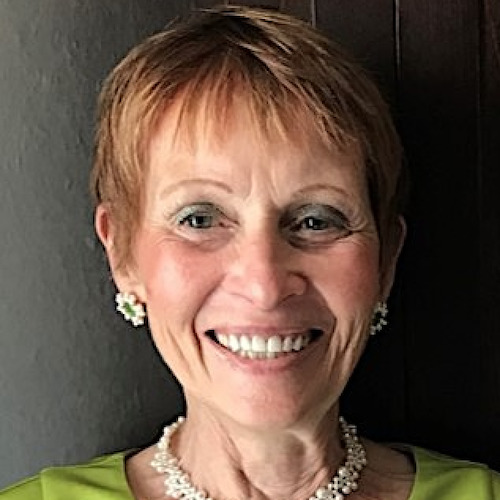
Assisted living communities have risen to meet the unthinkable challenge of navigating a pandemic while maintaining resident safety, comfort and quality of life. Now, taking a step back after so much unexpected change, many assisted living leaders are exploring new avenues of strategic innovation to continue their mission for resident care. For many, this means setting and achieving ambitious sustainability and resiliency goals, in part through data-powered facility upgrades.
Green infrastructure delivers the outcomes that matter most for assisted living communities of all sizes. Investing in digital-first decarbonization and electrification drives significant energy savings, reduces greenhouse gas emissions, improves building performance and longevity and supports healthy residents and communities. Sustainability plays a role in resident care as well. For instance, the savings created by switching to solar energy can be redirected to new amenities, whereas upgrading to the latest in energy-efficient HVAC equipment can help mitigate the spread of airborne viruses, and LED lighting naturally produces a comfortable living environment.
Making these investments, however, requires time and money that many organizations simply do not have available. Through creative funding and smart technology, assisted living operators can modernize their facilities to reach their sustainability targets — without breaking the bank.
A creative funding solution for every organization
Federal relief funds are available to assisted living communities across the country. The American Rescue Plan and the Bipartisan Infrastructure Deal provide capital to qualifying organizations to update infrastructure in pursuit of healthy, sustainable and equitable communities. To make the greatest impact possible, organizations can extend their relief funds even further through additional creative financing models.
Those models, including performance contracting and “as a service” offerings, empower assisted living organizations to make necessary building improvements while retaining valuable capital. Updates and services can be performed and paid for over a period of time through guaranteed energy savings, keeping facilities’ resources laser-focused on resident care. Organizations get the best of both worlds, modernized sustainability and an intact budget.
A net zero roadmap for your assisted living community
Once funding is procured, assisted living communities can work with a trusted partner to develop a net zero roadmap customized for their business. This roadmap should include:
- Facility-wide assessments to set sustainability targets, establish performance benchmarks and identify gaps in infrastructure.
- A plan to implement and integrate renewable energy and energy efficient solutions, including solar photovoltaic panels and electrification technology, advanced building controls, updated water infrastructure and more.
- Ongoing operations and maintenance services to deliver long-term, future-ready results.
As North America’s first completely digital hospital with technology fully integrated into patient care, Humber River Hospital in Toronto is an excellent example of how healthcare organizations can achieve net zero leadership. By leveraging a 30-year contract with financial and performance guarantees, the hospital was able to implement data-powered building controls and smart chillers. The advanced efficiency and real-time insights those solutions provided allowed the hospital to reduce its energy consumption by 44.3M kilowatt hours in five years, a sum equivalent to the carbon sequestered by more than 37,000 acres of forest annually.
Delivering exemplary resident care through sustainable infrastructure
Sustainability increasingly is giving organizations a competitive advantage, and assisted living communities are no different. Investing in future-forward decarbonization and electrification is good for residents, their caregivers, their surrounding communities and the planet at large. And by pursuing creative funding, assisted living leaders don’t have to wait to make these updates.
Whether they leverage federal relief funds, an innovative procurement model or a combination of both, assisted living organizations can bring their vision for a modern and sustainable facility to life. And in doing so, they can provide a healthy, safe and comfortable experience for the residents who call it home.
Mary Fox is the director of public housing, Performance Infrastructure, for Johnson Controls Building Solutions North America. She has more than 30 years of experience in the energy industry and 20 years with public housing clients.
The opinions expressed in each McKnight’s Senior Living marketplace column are those of the author and are not necessarily those of McKnight’s Senior Living.
Have a column idea? See our submission guidelines here.




